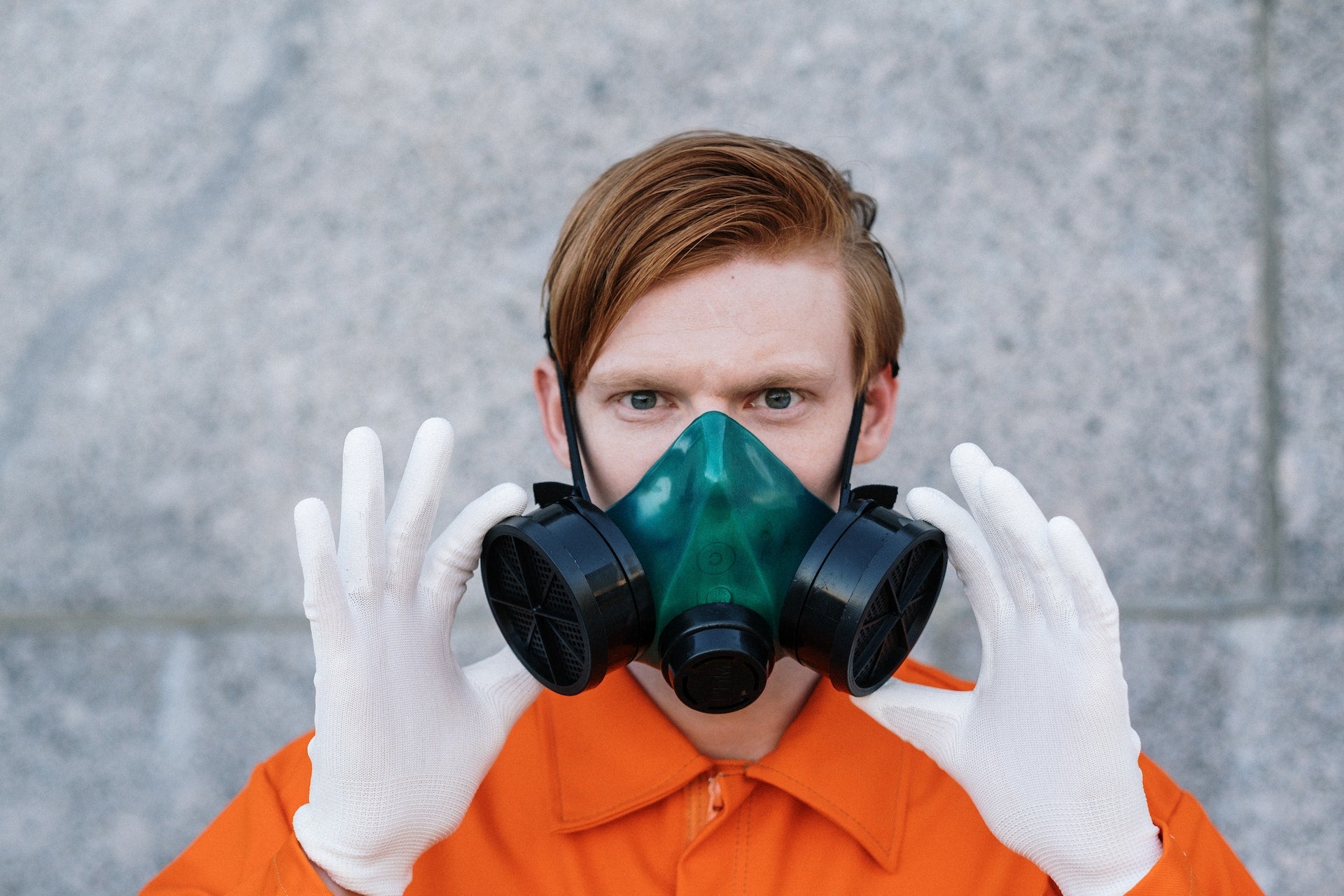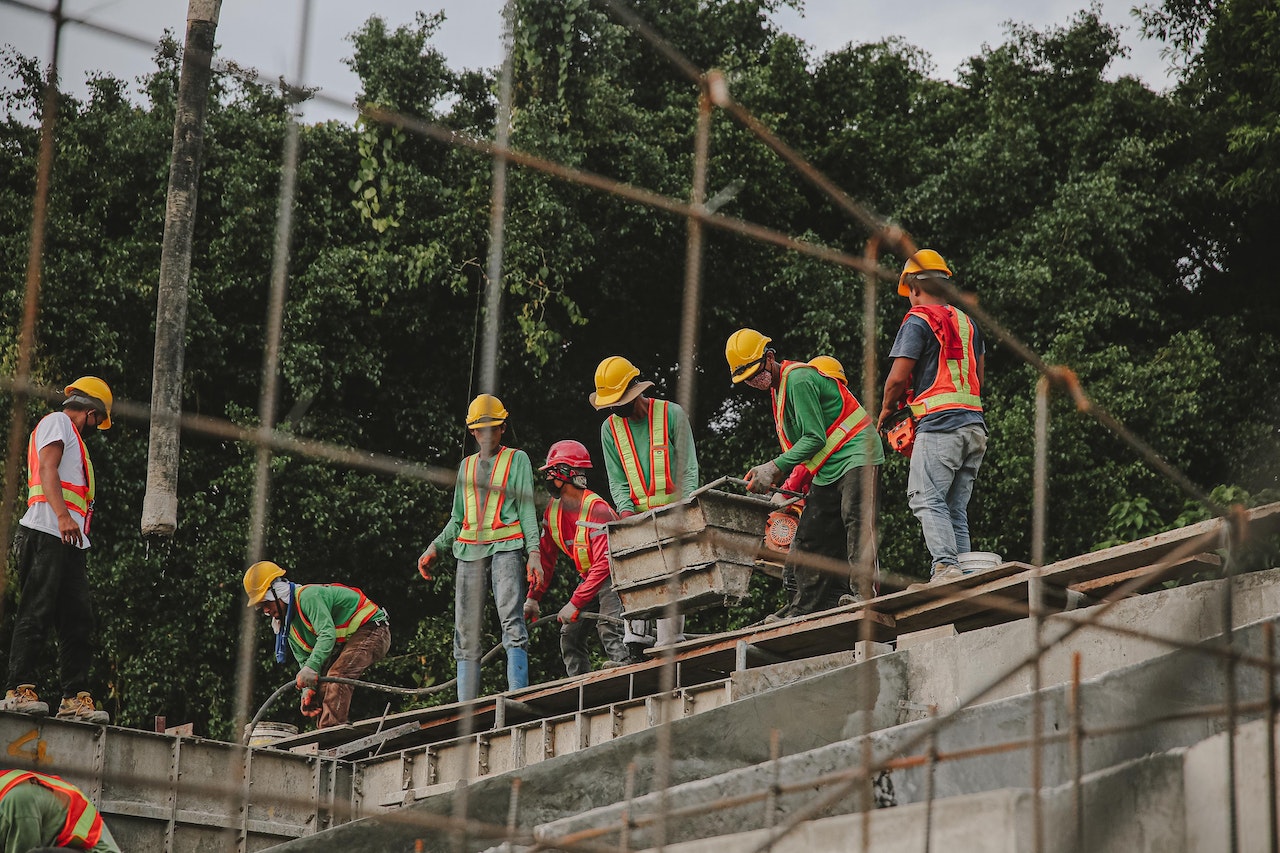Disclaimer: The information provided in this article is for general information purposes only. It is essential to always read and follow product packaging instructions, adhere to workplace regulations, and comply with applicable laws regarding respirator fit testing.
Introduction
In work environments where the air is laden with potential hazards, such as airborne contaminants, gases, or particulates, face respirators play a pivotal role in safeguarding worker health. However, owning a respirator is just the first step. Ensuring that it fits correctly through fit testing is equally vital. This article explores the importance of fit testing for face respirators, offering insights into why it matters and how to perform it effectively.
The Significance of Fit Testing
Fit testing is the process of determining whether a respirator forms an effective seal with the wearer's face. This seal is critical because it prevents contaminated air from infiltrating the respirator, ensuring that the worker breathes clean, filtered air. Here's why fit testing is indispensable:
-
Customized Protection: People have different facial shapes and sizes. Fit testing ensures that each worker receives a respirator that fits their unique features, optimizing protection.
-
Respirator Effectiveness: An improperly fitted respirator can allow harmful contaminants to bypass the seal, exposing the wearer to health risks.
-
Health and Well-being: Ensuring the proper fit of respirators contributes to the long-term health and well-being of workers, as it reduces their exposure to hazardous substances.
How to Perform Fit Testing
Fit testing can be conducted using two primary methods: qualitative and quantitative. While the specific procedures may vary depending on the chosen method and the respirator's make and model, here's a general overview:
Qualitative Fit Testing
-
Select an appropriate test agent: Common agents include Bitrex, Saccharin, or Irritant Smoke. (Always proceed with caution make sure to follow safety instructions included with any test agent)
-
Have the worker don the respirator.
-
Administer the test agent near the respirator's seal while the worker performs various exercises, such as talking, bending, and breathing deeply.
-
Ask the worker to report if they can taste, smell, or otherwise detect the test agent. If they can, the respirator may not have formed an adequate seal.
Quantitative Fit Testing
-
Use specialized equipment to measure the concentration of a test agent inside and outside the respirator.
-
Calculate the fit factor based on these measurements.
-
Compare the fit factor to the minimum required fit factor specified for the respirator model. If it meets or exceeds this requirement, the respirator is considered to fit properly.
Disclaimer: Always consult the product packaging and follow the manufacturer's instructions for specific fit testing procedures, as they may vary based on respirator type and model.
Conclusion
Fit testing for face respirators is not just a regulatory requirement; it is a crucial practice for ensuring worker safety and health. Properly fitted respirators provide optimal protection against airborne hazards, safeguarding workers from immediate and long-term health risks. It is essential to prioritize fit testing and to follow the guidelines provided by the respirator's manufacturer, workplace regulations, and applicable laws. Remember that this article is for general information purposes only, and compliance with product packaging instructions, workplace regulations, and laws always supersedes any advice provided herein. By prioritizing fit testing, employers can create a safer and healthier work environment where employees can perform their duties confidently and without undue risk.



